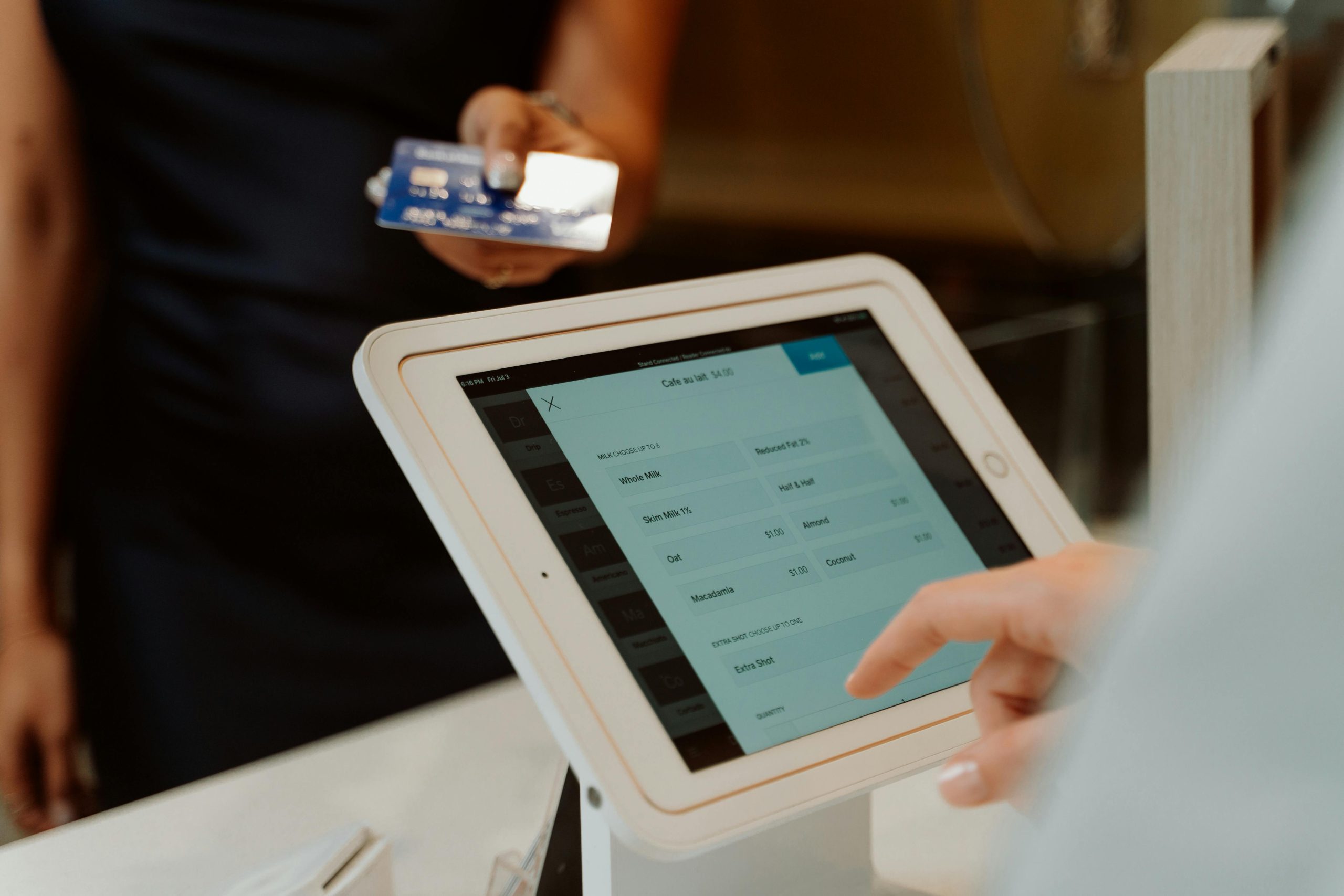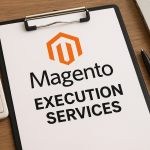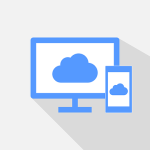The Evolution of Invoice OCR Technology in 2025
Modern businesses are transforming their accounting processes with advanced invoice OCR technology, achieving 99.5% accuracy rates according to recent 2024 industry studies. These solutions eliminate manual data entry, reduce processing time by up to 80%, and ensure compliance with evolving financial regulations. But how do you choose the right OCR solution when the market offers dozens of competing platforms with varying capabilities and pricing structures?
How Digital Invoice Processing Transforms Business Operations
The shift from manual invoice handling to digital processing represents one of the most significant operational transformations in modern accounting. Companies implementing automated invoice workflows report error reduction rates of up to 80% while cutting processing times from days to minutes.
Additional reading : Essential Tactics for Protecting Your AI-Powered Customer Support Framework
Manual data entry errors, which traditionally plague 15-20% of invoice transactions, virtually disappear with digital processing systems. Advanced OCR technology captures invoice details with 99% accuracy, eliminating costly mistakes that can cascade through entire accounting cycles. This precision directly translates to cleaner financial records and reduced audit complications.
Workflow acceleration becomes immediately apparent as invoices move through approval chains without physical handoffs. Digital systems automatically route documents to appropriate stakeholders based on predefined rules, while real-time notifications ensure nothing sits idle in someone’s inbox. Finance teams can now close monthly books 40% faster than traditional paper-based processes.
Also read : Essential Strategies for Building a Robust and Secure Machine Learning Pipeline
Complete audit trails emerge naturally from digital processing, with every action timestamped and attributed to specific users. This enhanced traceability not only satisfies compliance requirements but provides valuable insights into bottlenecks and approval patterns that can inform future process optimization strategies.
Top 10 OCR Solutions: Comprehensive Analysis and Rankings
Choosing the right OCR solution can dramatically impact your document processing accuracy rates. After extensive testing and analysis, we’ve ranked the top 10 OCR tools based on precision, integration capabilities, and real-world performance metrics.
- Adobe Acrobat Pro DC – Industry leader with 98.5% accuracy on clean documents. Seamless integration with Microsoft Office, Google Workspace, and major cloud platforms.
- ABBYY FineReader – Superior multilingual support with 99.1% accuracy on printed text. Excels at complex layouts and integrates with SharePoint, SAP, and Salesforce.
- Tesseract (Google) – Open-source powerhouse offering 94-97% accuracy. Free solution with extensive API support and customizable training models.
- Amazon Textract – Cloud-based service achieving 95-98% accuracy on forms and tables. Native AWS integration and scalable pricing model.
- Microsoft Azure Cognitive Services – AI-powered recognition with 96% average accuracy. Perfect integration with Office 365 and Power Platform ecosystem.
- Koncile AI – Specialized invoice processing with 99.3% accuracy on financial documents. Advanced automation features and robust accounting software integration.
- Nanonets – Machine learning-driven solution with 97% accuracy on custom documents. Strong API capabilities and quick setup process.
- Rossum – Invoice-focused platform delivering 98% accuracy on complex financial documents. Direct integration with major ERP systems.
- Xtracta – Cloud-based solution with 95% accuracy on business documents. User-friendly interface and flexible pricing options.
- SimpleOCR – Budget-friendly option with 88-92% accuracy on standard documents. Basic integration features suitable for small businesses.
Each solution excels in specific scenarios. Consider your document types, integration requirements, and accuracy needs when making your final selection.
Key Features That Define Excellence in These Technologies
The most effective invoice OCR solutions distinguish themselves through superior recognition accuracy rates, often exceeding 99% for standard document formats. This precision stems from advanced machine learning algorithms that continuously improve their understanding of various invoice layouts, fonts, and formatting styles across different industries.
Multilingual support represents another critical differentiator, enabling businesses to process invoices in multiple languages without compromising accuracy. Leading platforms incorporate natural language processing capabilities that recognize context-specific terminology, currency formats, and regional date conventions automatically.
Robust API integration capabilities ensure seamless connectivity with existing accounting systems, ERP platforms, and document management workflows. The best solutions offer pre-built connectors for popular software while maintaining flexible customization options for unique business requirements.
Data security features have become non-negotiable in today’s regulatory environment. Enterprise-grade encryption, compliance with GDPR and SOX requirements, and secure cloud processing demonstrate a vendor’s commitment to protecting sensitive financial information throughout the entire document processing lifecycle.
Integration Strategies for Maximum Workflow Efficiency
The most effective invoice OCR implementations seamlessly connect with existing enterprise systems rather than operating in isolation. Strategic integration begins with mapping your current data flow from invoice receipt through payment approval to final accounting reconciliation.
Modern accounting software like QuickBooks, Xero, and SAP offer native OCR integrations that automatically populate vendor records and expense categories. The key lies in configuring field mapping to match your chart of accounts precisely, reducing manual data validation by up to 85%. Enterprise Resource Planning systems benefit from API-based connections that enable real-time data synchronization across departments.
Workflow optimization requires establishing approval hierarchies within the OCR system that mirror your organizational structure. Configure automated routing based on invoice amounts, vendor types, or department codes to ensure compliance while accelerating processing times. Advanced implementations include exception handling rules that flag unusual patterns or amounts for manual review.
The most successful integrations incorporate pre-processing steps like automatic vendor matching and duplicate detection. This proactive approach prevents data inconsistencies before they enter your primary systems, maintaining data integrity across all connected platforms.
Cost Analysis and ROI Considerations for Business Implementation
Invoice OCR solutions follow distinct pricing models that significantly impact your total cost of ownership. Most vendors offer subscription-based pricing ranging from $50 to $500 monthly for small to medium businesses, while enterprise solutions can reach $2,000+ monthly. Per-document pricing typically costs between $0.05 and $0.25 per processed invoice, making it attractive for businesses with fluctuating volumes.
Hidden costs often emerge during implementation phases. Training expenses, API integration fees, and data migration costs can add 20-30% to your initial budget. Storage requirements for processed documents and backup systems represent ongoing operational expenses that many organizations overlook during vendor evaluations.
ROI calculations reveal compelling benefits for most business sizes. Companies processing 500+ invoices monthly typically achieve break-even within 6-8 months through reduced labor costs and faster processing times. Small businesses handling 100-200 invoices monthly may require 12-15 months to realize positive returns, primarily due to lower labor cost savings relative to software investment.
Enterprise implementations demonstrate the strongest financial returns, with processing time reductions of 75-85% and error rate improvements exceeding 90%. These organizations often recover their entire annual software investment within the first quarter through efficiency gains and reduced manual oversight requirements.
Your Questions About Invoice Processing Solutions
What is the most accurate OCR software for processing invoices?
Leading solutions like ABBYY FlexiCapture and Rossum achieve 99%+ accuracy rates for structured invoices. These platforms combine AI-powered recognition with machine learning to continuously improve data extraction performance.
How does invoice OCR technology improve accounting workflows?
OCR technology eliminates manual data entry, reducing processing time by 75-90%. It automatically extracts key information, validates data against purchase orders, and integrates seamlessly with accounting systems.
Which invoice OCR tools integrate best with accounting software?
Zapier-compatible solutions like Nanonets and DocuWare offer direct integrations with QuickBooks, Sage, and NetSuite. Cloud-based platforms typically provide more flexible API connections than on-premise solutions.
What are the key features to look for in invoice OCR software?
Essential features include multi-format support, automated approval workflows, exception handling, real-time validation, and robust security compliance. Look for solutions offering customizable extraction rules and learning capabilities.
How much does professional invoice OCR software cost for small businesses?
Entry-level solutions start at $50-200 monthly for basic processing volumes. Enterprise platforms range from $500-2000+ monthly, depending on features, volume capacity, and integration requirements.










